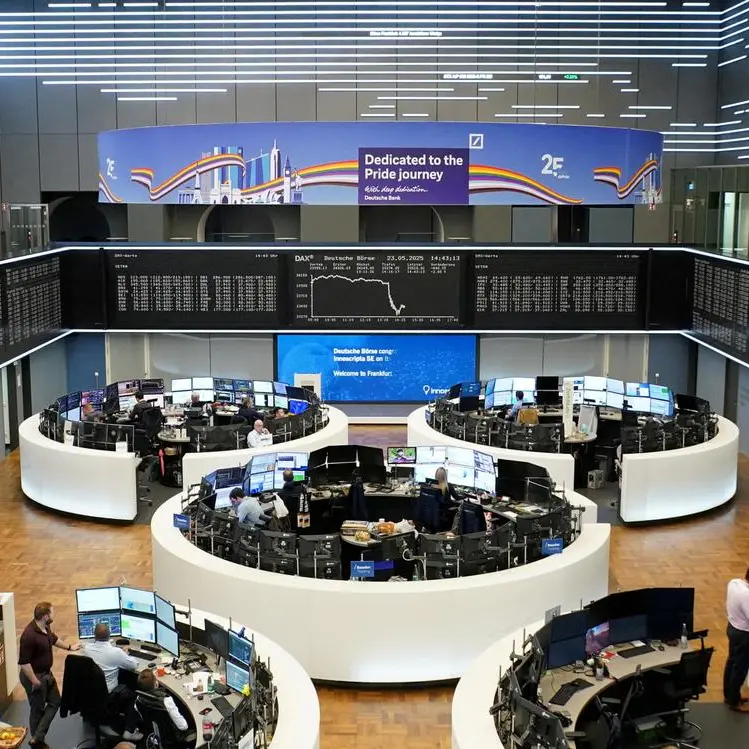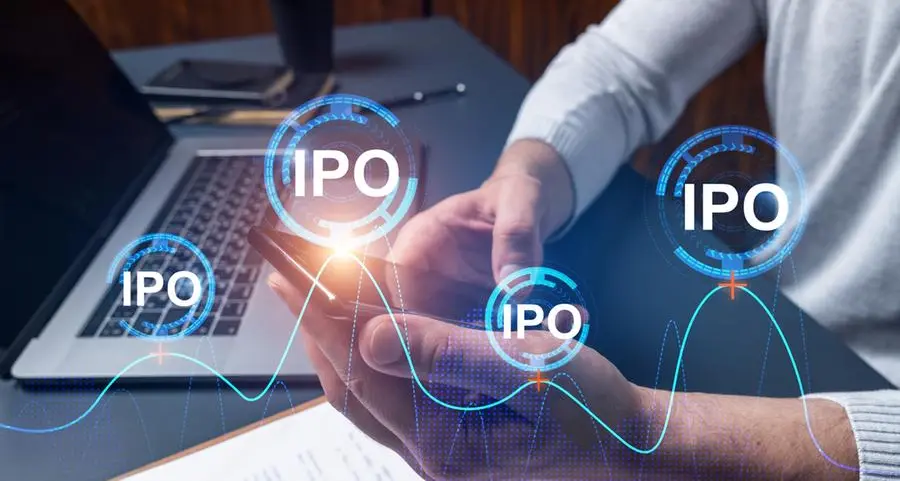PHOTO
Image used for illustrative purpose. The logo for LinkedIn Corporation is shown in Mountain View, California, U.S. February 6, 2013. File Photo
LinkedIn on Tuesday said it will add artificial intelligence features to its core businesses, allowing recruiters to find job candidates by asking questions in natural language and letting marketing professionals create ad campaigns in a few clicks.
The Microsoft-owned social network for business professionals has been using technology from OpenAI, the creator of ChatGPT that Microsoft has invested in, to develop the features.
LinkedIn has more than 950 million members, the vast majority of whom do not pay for the service. Its primary businesses is charging money to recruiters and marketing and sales professionals for access to its trove of data.
Traditionally, that has required those customers to search LinkedIn's database by using data filters, keywords and other search engine techniques, essentially translating a natural query like "I want to hire a software developer with 10 years of experience in Minneapolis" into language that LinkedIn's database can understand.
Now, recruiters can pose the same question naturally, and the computer can ask questions back. For example it may ask the recruiter whether they are interested in qualified applicants in another city where the company also has offices, or people whose job titles are not an exact match but have similar skills.
Ryan Roslansky, LinkedIn's chief executive, told Reuters that in an age when job titles are changing rapidly, LinkedIn is trying to encourage hiring people whose skills fit the job requirements, regardless of title or education.
"When you just focus on whether someone went to an Ivy League school or worked at Google, you're talking about a very narrow set of people that everyone is trying to hire. When you focus on the skills that are required to do the job effectively, all of a sudden, you see there are tens of thousands of candidates out there," he said. "You can't just look at job titles."
LinkedIn is adding similar tools for sales professionals searching for prospects and is also introducing a tool that will use AI to read a company's website and create a marketing campaign for business-to-business products and services that will then run on LinkedIn's site.
The company, which had more than $15 billion in revenue in the previous 12 months, does not plan to charge extra for the new features.
Some of the features will automate parts of their users' jobs.
"For the majority of the world, you're going to find that those tasks are going to be augmented by AI, so your role is going to need to adapt a little bit," Roslansky said.
(Reporting by Stephen Nellis in San Francisco; Editing by Stephen Coates)





















